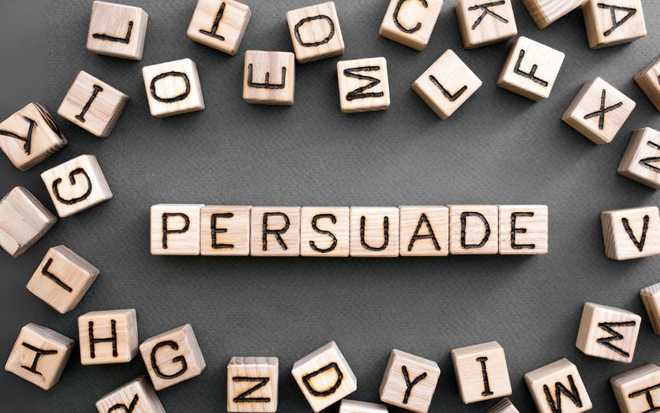Persuasive Writing
Free persuasive writing guide & worksheets

Home > Worksheets > Writing Styles > Persuasive Writing
Being able to persuade readers to believe an opinion, argument, or point is a very powerful skill. Mastering persuasive writing will help your child express themselves more effectively and convincingly.
This guide includes tips, techniques and free downloadable worksheets on persuasive writing to help your child hone their skills!
What is persuasive writing?
Persuasive writing is a type of non-fiction where the writer tries to convince readers of a specific point, opinion, belief, or view. It is a form of opinion writing, but where opinion writing merely states an opinion, persuasive writing seeks to convince a reader to agree with your opinion. To write a strong persuasive argument, your child needs solid supporting points, explanations, and examples. A persuasive piece should always show logical arguments for or against a topic, aiming to persuade the reader to agree. In a persuasive essay, you can often see how the writer's opinions and personal experiences influence their views.
How to write a persuasive piece
The typical structure of a persuasive text is:
- Introduction: state your main point clearly.
- Provide supporting evidence/details for your main point.
- Convince your reader through other means: appeal to their emotions, prove your credibility, etc.
- Conclusion: restate your main point.
Here are some common techniques found in persuasive writing:
Facts and Statistics
Facts and statistics are true and cannot be proven false. Including facts and statistics in persuasive pieces makes the argument much stronger, as they help support the writer’s point of view, demonstrate new research findings, and ultimately convince the reader to accept and agree with the writer's opinion.
Rhetorical Questions
Rhetorical questions are questions that are not meant to be answered. These types of questions can be useful in persuasive speeches to highlight important words or feelings. Rhetorical questions emphasize points that the reader is meant to remember.
Connectives
Connectives, or linking words/phrases, help the author transition between ideas. They make a piece of writing flow smoothly. Connectives are helpful in all types of writing but can be useful in persuasive writing specifically to ensure readers will understand your point of view by linking ideas together.
Conditionals
Conditionals are statements that express cause and effect. These are useful in all writing types, including persuasive writing. By using conditional statements, readers are able to understand the connection between two events, thoughts, feelings, etc. Using conditionals is a great word choice to demonstrate certain cause-and-effect relationships.
What’s the difference between facts, statistics, and opinions?
It’s important that your child understands the difference between facts, statistics, and opinions. They all have one thing in common: they can make your writing more believable and therefore make your readers trust you as a credible author. However, it’s important to know how they differ:
- Facts are true statements that cannot be proven false.
- Statistics are true statements that include numbers or amounts. They help quantify information.
- Opinions are statements that can be proven false and are not universally true. They are based on someone’s beliefs, feelings, or thoughts.
Writing a Persuasive Letter
A persuasive letter is a typical form of persuasive writing taught to children as it contains all the fundamentals of a persuasive piece of writing. Here's an example:
Dear Night Zookeeper Will,
Do you think the animals of the Night Zoo feel safe and happy? The Night Zoo is our home. It’s also home to over 5 million other animals. If the Lord of Nulth destroys the Night Zoo, then none of us will have a home. Did you know, forty acres of the Night Zoo have already been poisoned by the Lord of Nulth’s monsters? This is bad news for us! However, we can stop him if we work together. Finally, I believe with teamwork and creativity, we can save the Night Zoo!
Yours faithfully,
The Penguin Professor
Persuasive Writing Worksheets
Download our free worksheets to transform your child's persuasive writing! This resource contains tips, strategies, examples of persuasive writing, and activities for your child to complete.

How Night Zookeeper can help

Night Zookeeper helps children develop their understanding of the main types of writing by making the learning process fantastically fun. Our reading & writing program includes thousands of activities, such as word games, skills challenges, interactive lessons, and much more. We get kids writing and then give them personalized feedback to keep going!
More resources
Related content


Make Reading & Writing Fantastically Fun!
- Award-winning reading & writing program for kids
- Improves spelling, grammar, punctuation & vocabulary
- Over 1,000 different learning games and activities



